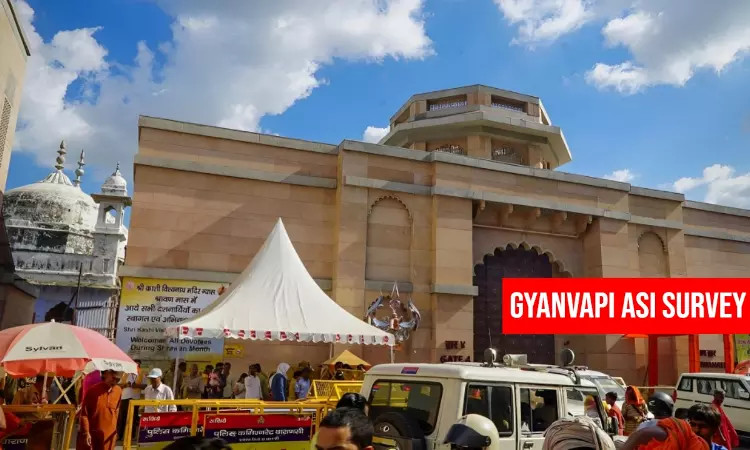- Home
- /
- News Updates
- /
- Plea In Varanasi Court Seeks...
Plea In Varanasi Court Seeks Direction To ASI To Determine If Gyanvapi Mosque Was Built Upon A Hindu Temple; Ascertain True Nature Of 'Shiva Linga'
Sparsh Upadhyay
11 Feb 2024 2:52 PM IST
A fresh application has been moved before a Varanasi fast-track court seeking an ASI survey of the entire Gyanvapi mosque area, including the wuzukhana and closed cellars under three domes and determine if the Mosque was built/super-imposed upon a Hindu Temple. This application has been moved by Advocate Vijay Shankar Rastogi, the next friend of Swayambhu Adi Vishweshwara (deity)...
Tags
Gyanvapi MosqueGyanvapi Mosque CaseGyanvapi Mosque DisputeGyanvapi Mosque IssueGyanvapi Mosque-Kashi Vishwanath Temple disputeKashi Vishwanath temple-Gyanvapi mosqueKashi Vishwanath-Gyanvapi Mosque disputeKashi Vishwanath temple-Gyanvapi mosque disputeKashi Vishwanath Temple-Gyanvapi Mosque complex#GYANVAPI MOSQUE SURVEYGyanvapi mosque complexkashi gyanvapi mosque DisputeVaranasi CourtGyanvapi CaseASI Survey Of Gyanvapi MosqueASI Survey Of Gyanvapi PremisesGyanvapi ASI SurveyGyanvapi SurveyGyanvapi MasjidKashi Vishwanath-Gyanvapi RowGyanvapi DisputeDistrict Judge AK VishveshaVaranasi District JudgeGyanvapi Masjid CaseGyanvapi-Shiva Linga CaseArchaeological Survey of India (ASI)
Next Story



